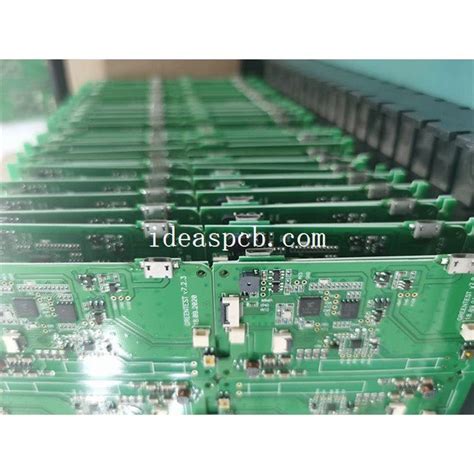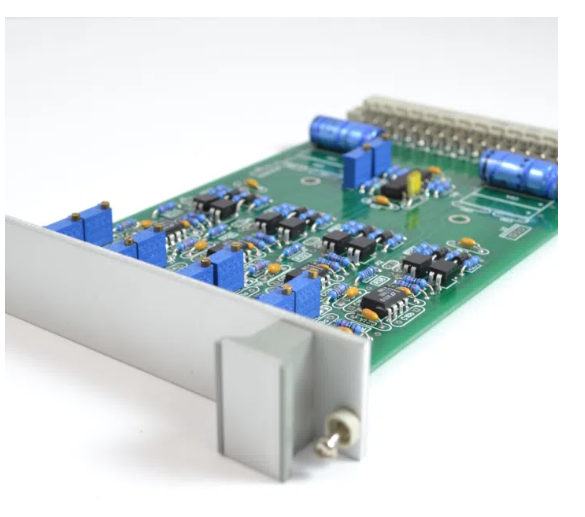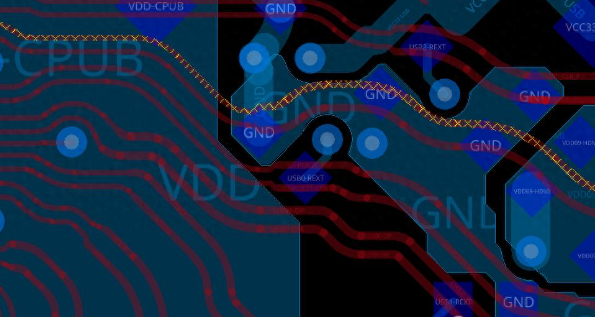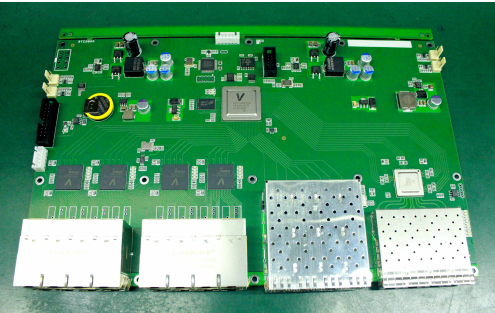A complete guide to EMC problem handling strategies for high-power PCBs
In high-power PCB design, electromagnetic compatibility (EMC) is a key issue, which involves ensuring that electronic equipment operates normally in various environments, is not affected by electromagnetic interference (EMI), and does not interfere with other devices. This article will explore the EMC handling and optimization strategies in high-power PCBs from a comprehensive perspective, and provide practical solutions to help designers achieve better results in this field.
In the EMC design considerations of PCBs, the first thing involved is the layer setting; the number of layers of a single board is composed of the number of power, ground and signal layers; in the EMC design of products, in addition to the selection of components and circuit design, good PCB design is also a very important factor.
1.Basic concepts of EMC
First of all, we need to understand that EMC involves two main aspects: one is anti-interference ability, that is, the device can work normally in an electromagnetic interference environment; the other is interference control, that is, the device does not cause unacceptable interference to other devices when it is working normally. In high-power PCB design, these two aspects are particularly important because high-power circuits are often more prone to electromagnetic interference.
2.EMC issues of high-power PCBs
In high-power PCBs, the current intensity is large, so the electromagnetic field formed on the circuit board is also strong. This will lead to two problems: one is radiation interference, that is, the electromagnetic waves emitted by the circuit board may interfere with other electronic devices; the other is imported interference, that is, external electromagnetic waves may affect the signals on the circuit board.
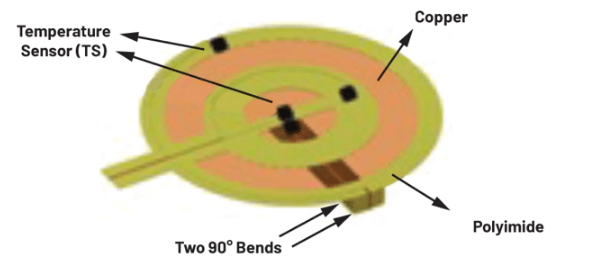
3.EMC optimization strategy
3.1 Layout and wiring optimization
Minimize the loop area of the high-power loop: through reasonable layout, ensure that the loop area formed by the high current path is as small as possible to reduce radiation.
Use multi-layer PCB design: Use the inner layer as the power layer and ground layer to effectively shield interference.
Reasonably layout sensitive components: Keep sensitive components away from high-power components to reduce interference.
3.2 Grounding and shielding
Good grounding strategy: Use single-point grounding or multi-point grounding, and choose the appropriate grounding method according to design requirements and interference type.
Shielding: For parts that are particularly sensitive or radiating, you can consider using metal shielding.
3.3 Filtering and suppression
Use filters: Use filters at input and output ports to effectively suppress high-frequency interference signals.
Use electromagnetic interference suppression components: such as ferrite magnetic rings, inductors, capacitors, etc., which can be used to suppress high-frequency interference.
3.4 Power supply design
Stable power supply: Ensure the stability of the power supply line and reduce the interference caused by the power supply.
Separate power supply: Separate analog and digital power supplies to reduce mutual interference.
3.5 Signal integrity
Maintain signal integrity: Ensure the impedance continuity of the signal transmission path to avoid signal reflection and attenuation.
3.6 Differential signal design
Use differential signals: Differential signals have good immunity to external interference, and also reduce the radiation interference of the PCB itself.
Maintain the consistency of differential pairs: Ensure that the trace length and spacing of the differential pairs are consistent to avoid introducing unnecessary interference.
3.7 Thermal management
Effective thermal design: High-power circuits generate more heat. Improper thermal management may cause circuit performance to degrade and affect EMC performance.
Use heat dissipation components and materials: such as heat sinks, heat pipes, etc. to ensure effective heat dissipation.
3.8 Software Control
Software Intervention: In some cases, software algorithms can be used to reduce the EMI generated by hardware, such as by adjusting clock frequency and signal strength.

4.EMC Testing and Verification
After the design is completed, EMC testing is the key to verify whether the design meets the requirements. Testing can identify potential problems and make corresponding adjustments to the design.
4.1 EMC Testing Standards
During the EMC testing process, the corresponding international and regional standards, such as IEC, FCC, CE, etc., should be followed. These standards provide specific testing methods and acceptable interference limits.
4.2 Laboratory Testing
Radiation and Conducted Testing: Evaluate the intensity of electromagnetic radiation emitted by the PCB and the ability of electromagnetic energy to propagate through wires.
Anti-interference Testing: Evaluate the performance and stability of the PCB when subjected to external electromagnetic interference of a specific intensity. This includes testing of different types of interference such as high-frequency electromagnetic fields, electrical fast transient pulse groups, surges, etc.
4.3 Field Testing
Real Environment Testing: Test the PCB in the actual application environment to evaluate its EMC performance under specific application conditions.
Long-term reliability test: Evaluate the EMC performance of PCB in long-term operation to ensure its stability throughout the life cycle.
5.Future trends in high-power PCB EMC design
With the continuous advancement of electronic technology, the EMC design of high-power PCB faces new challenges and opportunities. Future design trends may include:
5.1 Use of advanced materials
New dielectric materials: Use advanced dielectric materials with better electromagnetic properties to improve the overall EMC performance of PCB.
Nanomaterials: Use nanotechnology to improve the electromagnetic properties of circuits, such as nano-conductive films to improve shielding effects.
5.2 Integrated design
System-level integration: Integrate more functions into a smaller space while maintaining good EMC performance, which puts higher requirements on layout and wiring.
5.3 Intelligent EMC management
Adaptive EMC technology: Develop intelligent circuit designs that can automatically adjust to optimize EMC performance according to environmental changes.
6.Conclusion
EMC design of high-power PCB is the key to ensure reliable operation of electronic products in various environments. By comprehensively considering layout, grounding, shielding, filtering, signal integrity and other aspects, and combining advanced testing methods, the electromagnetic compatibility of products can be significantly improved.
With the development of technology, future EMC design will be more integrated and intelligent to adapt to the increasingly complex electronic environment.
The power layer-ground structure is used for power supply. The characteristic impedance of this structure is much smaller than that of the track pair, which can be less than 1Ω. This structure has a certain capacitance, and it is not necessary to add high-frequency decoupling capacitors next to each integrated chip.
Even if the layer capacitance is not enough and an external decoupling capacitor is required, it should not be added next to the integrated chip, but can be added anywhere on the printed circuit board. The power pins and ground pins of the integrated chip can be directly connected to the power layer and the ground layer through metallized through holes, so the power supply loop is always the smallest. Due to the principle of “current always takes the path of least impedance”, the high-frequency return current on the ground layer always runs close to the bottom of the track, unless there is a ground gap blocking it, so the signal loop is always the smallest. It can be seen that the power layer-ground structure has the advantages of simple and flexible layout and good electromagnetic compatibility compared with the track pair power supply.

